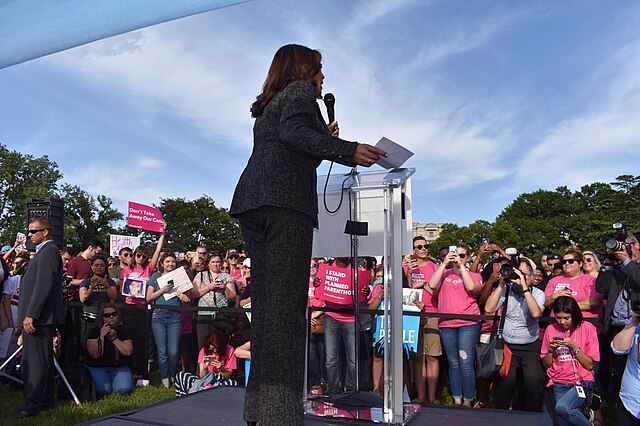The Impeachment Inquiry
February 27, 2020
For the third time in US history, the president of the United States has faced impeachment. On September 24th, the Speaker of the House, Nancy Pelosi, announced the initiation of an impeachment inquiry regarding President Donald Trump. He was accused of withholding military aid to Ukraine in order to gain political insight on Joe Biden and his family’s legal history. This has been called a quid pro quo and was brought to light through a whistleblower earlier in 2019.
Later, on October 31st, following the inquiry, the House of Representatives voted 232–196 to establish procedures for public hearings, which started on November 13th, led by House Intelligence Committee Chairman Adam Schiff. On December 10th, the House Judiciary Committee unveiled their articles of impeachment, the articles were on the grounds of abuse of power and obstruction of congress. Three days later, the Judiciary Committee voted (23–17) to approve both articles. Then, on December 16th, the House Judiciary Committee released a report specifying criminal bribery and wire fraud charges as part of abuse of power.
On December 18th, the House voted mostly along party lines to impeach the president on both charges. The vote on Article One, abuse of power, was 230–197. On January 10th, Nancy Pelosi sent the two articles of impeachment (abuse of power and obstruction of congress) to the Senate awaiting trial after withholding them for a week. This series of events concluded with the Senate acquittal of both charges in which President Donald Trump was accused on February 5th 2020, with the final Senate vote of 52-48. The impeachment inquiry is now concluded, but there is no doubt that it will loom large as candidate vy for the top spot in the 2020 presidential race.








































